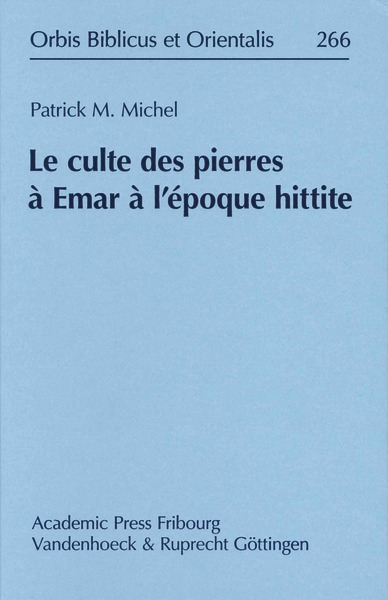

 0
EN
0
EN

The purpose of this book is to shed new light on the aniconic cults of the ancient Near East, where previously standing stone cults of Semitic and Anatolian populations were invariably studied separately. The study offers a synthetic view of all the information currently available and then proceeds to a renewed interpretation of cultic standing stones in Late Bronze Age Emar. At the end of the fourteenth century BCE, Aštata and Emar entered the Hittite sphere of influence. While previous scholars have discussed matters of Hittite administration in Emar, they have little studied religious aspects, considering that the Hittites were tolerant in these matters. However, a close analysis of various Emar rites related to cultic standing stones leads us to acknowledge that the Hittite conquest of Aštata had repercussions also on local religious life.
The impact of the Hittite conquest on local religious life is also underscored by more indirect proof beyond the religious texts. A very important letter, Emar 271, describes how a local boy is to feed Hittite deities at Emar. One subsequently understands that all the deities are to be worshipped in a Hittite way, not so unusual as it were since the Hittites considered Emar as part of their Empire. Administrative documents further depict the Hittites’ involvement in Hittite cults at Emar, and some cult inventories written in Akkadian show that some of the diviners’ activities were similar to those of the Bel Madgalti.



